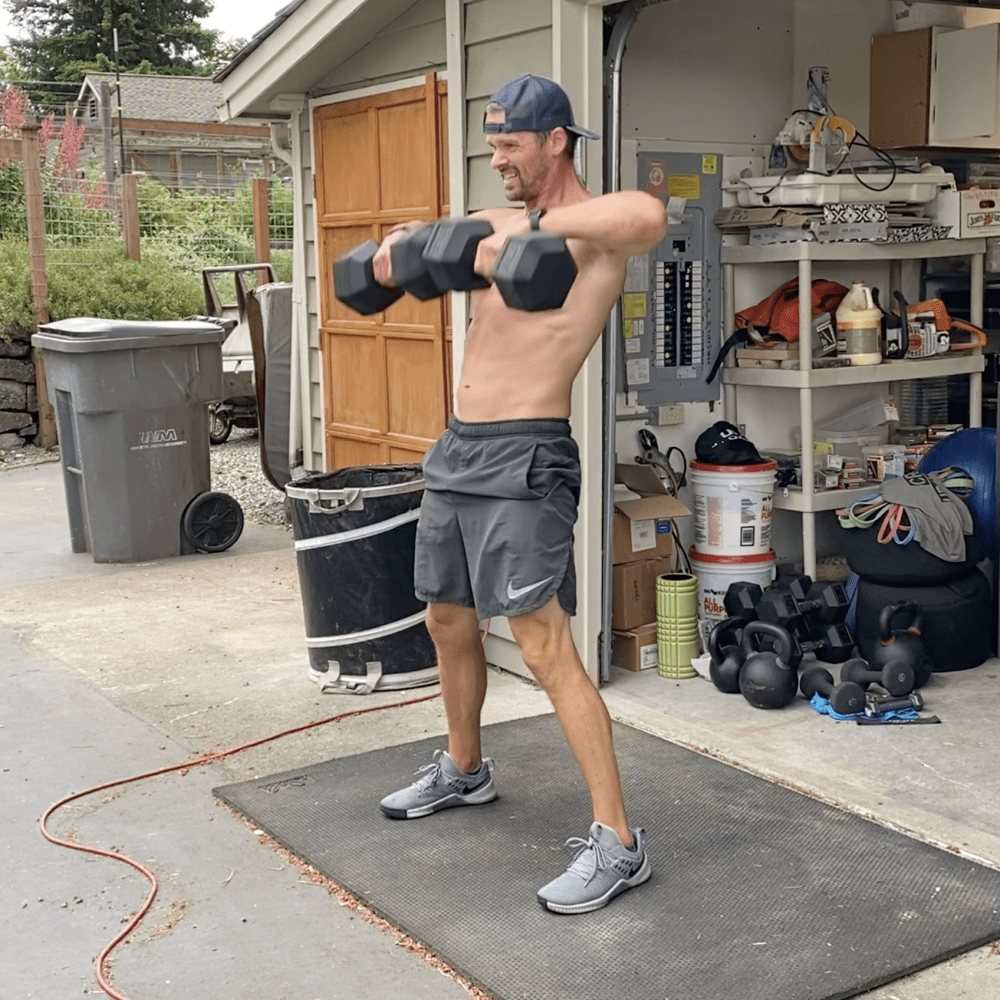
The journey to reaching your fitness goals takes hard work. One of the things that could potentially set you back is sustaining injuries when you work out.
Whether you’re an amateur or have been working out for several years makes no difference, you can be susceptible to injury if proper care is not taken.
The National Safety Council recorded about 468,000 personal exercise injuries last year.
What are some of the common injuries you can sustain? Most medical practitioners typically attend to patients who have suffered sprains, tendinitis, muscle strains, as well as rotator cuff tears. These injuries could easily throw you off your exercise path. If you want to avoid getting inactive days, here are some precautions to take when you start working out.
Consult with Your Doctor
Before you start any exercise plan, it would be best to consult with your physician, especially if you have any health issues or previous injuries that could be potentially dangerous. Your doctor might be able to give you modifications so that you do not wear yourself out when exercising. Depending on your condition, your doctor might want to check your heart, blood pressure, and cholesterol levels, especially if you mostly live a sedentary lifestyle or have a history of cardiac diseases.
Intensity is different for everyone
If you have been a couch potato for several years, it would not be right for you to quickly jump into the same high-intensity workout as an experienced athlete. Without the correct preparation, you could sustain serious injuries, and we do not want that.
For example, if you want to get into cycling, medical and gym professionals advise that you start gradually, and work your way up. What you can do is start off slow to warm your body and prepare for more challenging activity.
Likewise, you can set small distances when running and build it up eventually as you continue. If you are a first-time runner and aim to run longer distances, you may burn out or, worse, injure yourself.
When it comes to starting a new exercise program plan, remember to start small and continue to increase difficulty as you get more comfortable. That way, you can safely build up your fitness habit.
Look for a program like the Get Better Project that start people off really slowly and have 5 workout levels to grow into as you progress.
Take your warm-ups seriously
Before you start any workout, ensure that you adequately warm-up your body. Warming up helps to dilate your blood vessels, heat up working tissue, and transports oxygen to your muscles. So, before you begin, make sure you do some active stretches, especially in the areas that you plan to workout.
Side note: static stretching that you’ve probably seen for ages isn’t helpful when trying to get warmed up for a workout. Make your warm-up stretching active and save the static stuff for post workout.
The cool down is almost as important as warming up. Not only will it help you relax after an intense workout (switching you from fight or flight to relaxed), but it will also ensure that blood continues to flush throughout your body and get rid of toxins.
Wear protective gear when necessary
Depending on the kind of activity you are performing, you might need to wear protective clothing.
As its name suggests, these things are designed to protect your body from potential injuries. At the very least, you should have these items in your fitness wardrobe: good workout shoes, helmets (for cyclists), and knee pads (for mountain biking).
Additionally, you can also protect your muscles, joints, and skin with the help of fitness tapes. These tapes protect your skin from hot spots, improve blood and oxygen circulation to your muscles when you are working out, and can even stabilize your joints. You can check out some of these tapes from nanotapeathletics.com.
Stay hydrated
If you want to have a good workout session (and life), ensure that you remember to stay hydrated before, during, and after (pretty much all day every day).
Water helps to regulate your body’s temperature and keeps your joints well-lubricated. Water also helps your body transport nutrients through your cells, giving you more energy to complete your workout and stay healthy.
If you stay hydrated during your whole day… you won’t have to worry about it much when doing your workout (unless it’s longer than an hour).
Do things you enjoy
Lastly, doing workout programs that you enjoy will give you the best chances for continuing on to your goals. It will also help you to avoid injuries by being interested in improving. Most workout injuries occur because people don’t put enough work into doing movements correctly and listening to their bodies when things don’t feel right.
Try a bunch of different workout styles and see what gets you out of bed in the morning.

